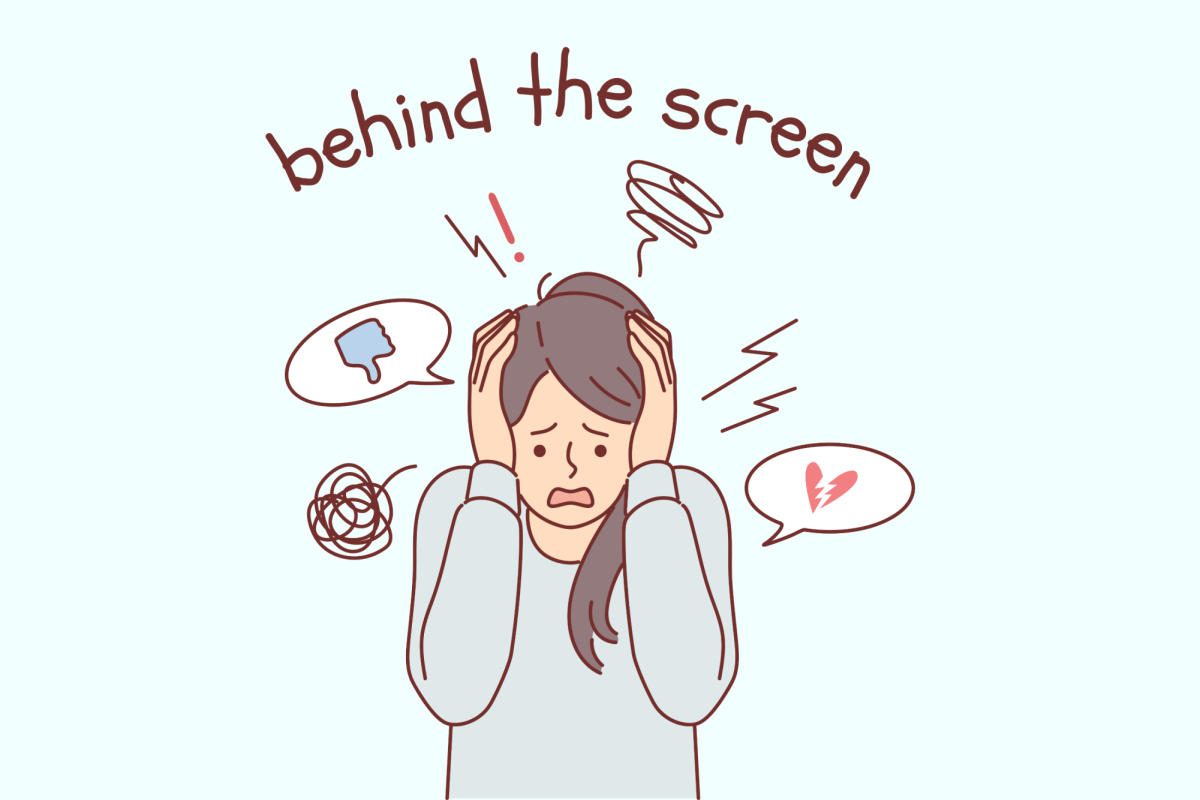What if the messages you received were worse than any punch? What if the person hurting you was someone you thought you could trust?
Aubreigh Wyatt took her own life after she happened to encounter four girls bullying her on social media. Her story leaves raw emotions in those who experience bullying or see their friends suffer at the hands of bullies through a screen.
Cyberbullying is known as a form of bullying or harassment that occurs through the use of technology. It involves using online platforms to threaten, manipulate and harm others. This form of bullying is detrimental to a teenager’s mental health. Nearly 42% of kids get bullied online. Nine out of 10 students have gotten cyberbullied.
“Cyberbullying has become a hot topic due to the ability that everyone has behind a screen,” associate principal Jo Dee Lott said. “However, many students don’t understand that when they trash talk someone, it falls under bullying [even though] they feel that they’re just voicing their opinion.”
No kid wants the stress of a bully making fun of them on a screen. Millions of kids worldwide have been affected by cyberbullying since the rise of technology and social media platforms. The use of iPhones and laptops has made cyberbullying a significant issue.
“[I actually got cyberbullied] by my bestfriend. She destroyed me and got me involved in things I didn’t want to be involved in,” an anonymous student said. “When I tried stepping away, it got worse. I still deal with it today. She just got me stuck in this deep dark place.”
Some effects of cyberbullying are known as emotional distress, and physical and mental health issues, and may lead to poor academic performance in school. A few ways to handle cyberbullying are not responding, reporting it, talking to someone or blocking them.
At Texas High, 32% of students have been bullied through a screen. In a recent poll online, 158 students replied.
“If a kid’s being cyberbullied and it leads to the kid not wanting to come to school, then it disrupts the school and then we’re responsible for doing something about it,” Principal Ben Renner said. [“If we have proof of the person who cyberbullies] it can range from detention to DAEP depending on how damaging it is to the kid.”



